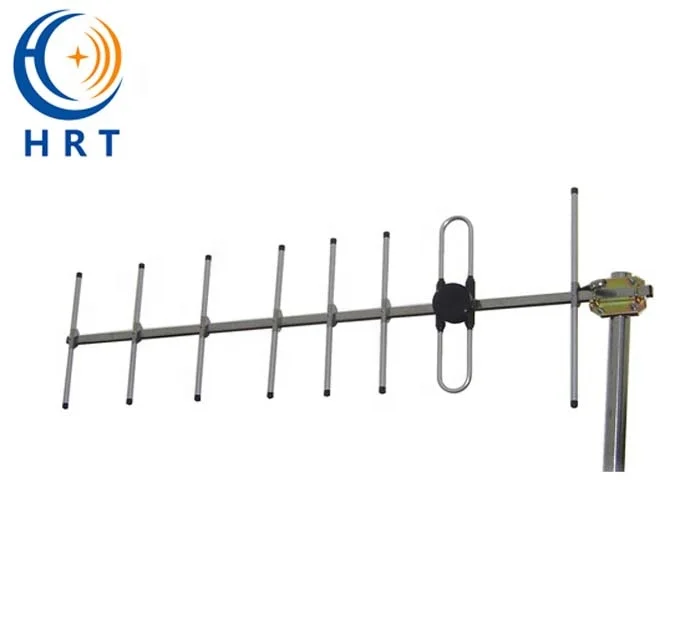

The following is a table that summarizes the various PDSCH mappings that can be used along with the corresponding reference signal and antenna ports. TM9 is supported by the LTE-Advanced demodulator.Īs Ports 0-3 are indicated by the existence of C-RS, so Ports 5 and 7-14 are indicated by the UE-specific Reference Signal (UE-RS). In Rel 10 of the standard, the new transmission mode 9 (TM9) added up to 8-layer transmissions using Ports 7-14. beamforming + spatial multiplexing)-where PDSCH is transmitted on Antenna Ports 7 and 8 (note that single-layer beamforming in Rel 9 can also use port 7 or port 8 in addition to port 5). The LTE demodulator has since been enhanced to support the LTE Release 9 which added Transmission Mode 8-Dual-Layer Beamforming (i.e. Then beamforming support was added and single-layer PDSCH allocations transmitted on Port 5 could be analyzed. Various configurations are defined that use these C-RS antenna ports, including 2- or 4-port Tx Diversity and 2-, 3-, or 4-port Spatial Multiplexing. These ports are considered C-RS antenna ports, and each port has a different arrangement of C-RS resource elements. Initially, the 89600 VSA's LTE demodulator supported only analysis of PDSCH transmitted on Antenna Ports 0, (0 and 1), (0, 1, 2), or (0, 1, 2, 3). Let us consider antenna ports used for PDSCH allocations since they probably have the most variations. Correspondingly, a single antenna port can be spread across multiple transmit antennas (UE-RS port 5, for example). cell phone)-specific Reference Signal port 5, for example). Multiple antenna port signals can be transmitted on a single transmit antenna ( C-RS Cell-specific RS port 0 and UE-RS UE User Equipment (e.g. These antenna ports do not correspond to physical antennas, but rather are logical entities distinguished by their reference signal sequences. The LTE standard defines what are known as antenna ports. Also, this discussion is not an exhaustive listing of all the variations supported by the LTE Long Term Evolution standard, but is focused around the analysis capabilities of the 89600 VSA.įor exact information about what is possible in LTE, see 3GPP TS Technical Specification 36.211 and 36.213. Included in this discussion is information about reference signals, PDSCH Physical Downlink Shared Channel, usage of antenna ports, and beamforming. The purpose of this topic is to give an overview and explanation of the relationships between antenna ports, physical transmit antennas, and receive channels. It does not store any personal data.Antenna Ports and Transmit-Receive Paths (LTE) Antenna Ports and Transmit-Receive Paths (LTE) The cookie is set by the GDPR Cookie Consent plugin and is used to store whether or not user has consented to the use of cookies.

The cookie is used to store the user consent for the cookies in the category "Performance". This cookie is set by GDPR Cookie Consent plugin. The cookies is used to store the user consent for the cookies in the category "Necessary". The cookie is used to store the user consent for the cookies in the category "Other. The cookie is set by GDPR cookie consent to record the user consent for the cookies in the category "Functional". The cookie is used to store the user consent for the cookies in the category "Analytics". These cookies ensure basic functionalities and security features of the website, anonymously. Necessary cookies are absolutely essential for the website to function properly.


 0 kommentar(er)
0 kommentar(er)
